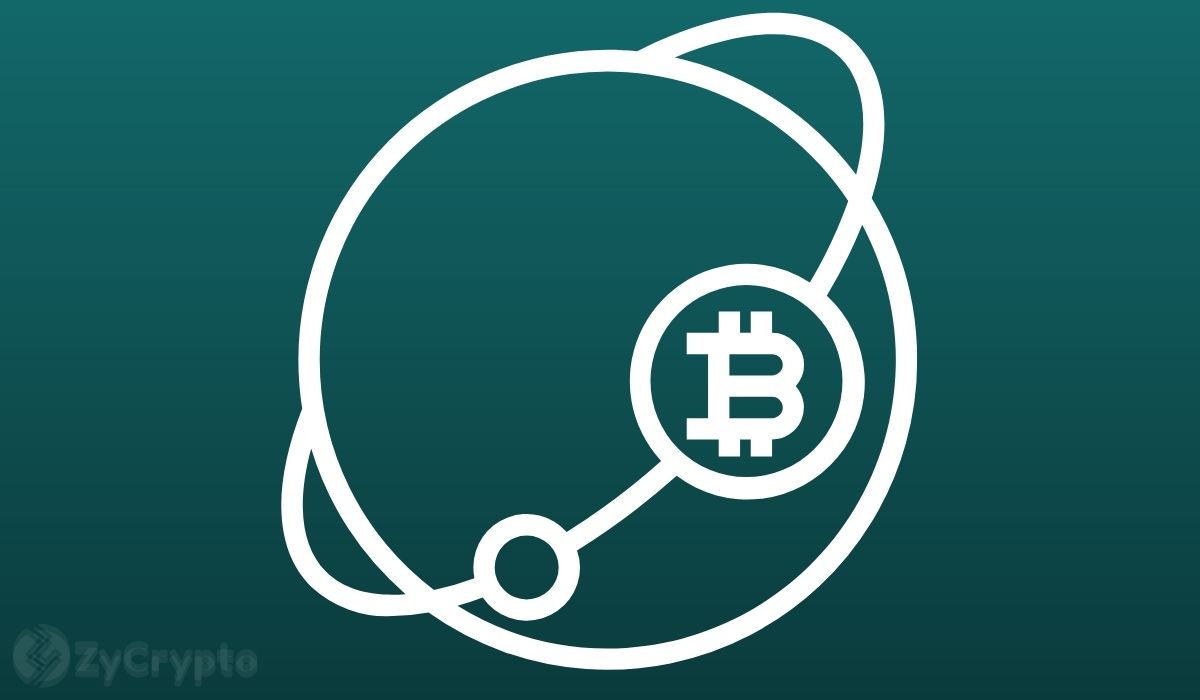OpenSea loses NFT market dominance in Q1 2023
Important highlights
- Blur has overtaken OpenSea as the dominant platform in the NFT market, with a trade volume of $2.7 billion in Q1 2023 and a market dominance of 57.44%.
- Ethereum remains the dominant blockchain for NFT trading, with a market share of 89.50% in March 2023. Yuga Labs and CryptoPunks were the most traded NFT collections on Ethereum.
- Solana and Polygon are emerging as significant players in the NFT market, with Solana’s Monkey Kingdom collection and Polygon’s inclusion in the Binance NFT marketplace.
The NFT market has had an impressive start to the year with Q1 2023 being the best quarter since Q2 2022. Despite a slight decline in trading volume in March, the overall performance has been bullish.
One of the main benefits of the first quarter of 2023 is the fact that the OpenSea NFT marketplace lost its dominance to a new platform, Blur, after being the undisputed platform so far.
The NFT market saw a 137% increase in trading volume in Q1, reaching a total value of $4.7 billion. March saw a 15.65% drop in trading volume after a February inflated by the Blur token breeding period. The number of NFT sales only decreased by 4.63% in March, with 2.7 million NFTs sold.
However, Q1 2023 had a total of 19.4 million NFT sales, which is an increase of 8.56% from the last quarter of 2022.
The NFT market is developing rapidly, with the emergence of new players and changing dynamics. In Q1 2023, Blur dominated the NFT market, experiencing a significant increase in trading volume and market dominance.
The marketplace recorded a trading volume of $2.7 billion, which is an increase of 783.89% from the fourth quarter of 2022, and a market dominance of 57.44%. In March, despite a 6.56% drop in trading volume to $1.2 billion, Blur still held a 70.5% dominance of the market.
What you should know
Ethereum remains the dominant blockchain in the NFT market by volume, accounting for 89.50% of the market share in March. Furthermore, Ethereum’s quarterly trading volume increased by 245.43% to $4.1 billion in Q1 2023, compared to Q4 2022. CryptoPunks was the most traded NFT collection on Ethereum with a trading volume of $241 million, an increase of 1214% from the previous month.
In March 2023, Yuga Lab’s NFT collections dominated Ethereum volume, accounting for 38.61% of NFT volume on Ethereum and 34.55% of the entire NFT industry.
Surprisingly, Solana is in second place with a trading volume of $242 million, which is an increase of 4.55% from the previous quarter. NFT aggregator Monkey Kingdom powered the Solana NFT protocol in March, with a trading volume of $7.9 million, doubling from February.
Back in December, two of the most popular NFT pools on Solana announced that they will be a bridge to Ethereum and Polygon, which was a big hit for the blockchain. On March 27th, one of the co-founders of ‘DeGods’ and ‘y00ts’ announced the first sale of y00ts on Polygon, marking the success of the bridge for one of the collections.
Also, Polygon had a bullish start to the year, with trading volume of $29.8 million in March, despite a 24.20% decline from the previous month. However, looking at the quarterly data, it had a trading volume of $85 million in Q1 2023, which is a remarkable increase of 125.04% from the previous quarter and one of the best quarters recorded since Q4 2021.
On March 8, Binance NFT, the non-fungible token (NFT) arm of crypto exchange Binance, announced that the Polygon network had been included in its supported blockchains on the market.
Blur’s rise to dominance can be attributed to its unique features and offerings. One of the important reasons why pro-traders are flocking to Blur is the promise to users that it will reward them with future airdrops of the BLUR token, totaling around 300 million BLUR during the next “season” of distributions.
The token has a fully diluted market cap of $2.5 billion and the Blur team is more than willing to throw their financial weight around to entice NFT traders to stick with them.
On the other hand, OpenSea, once the undisputed leader of the NFT market, is now facing stiff competition from Blur. In Q1 2023, OpenSea recorded a quarterly increase of 68.41% with a trading volume of $1.4 billion and a market dominance of 31.10%.
In March, however, OpenSea’s trading volume fell 35% to $381 million, and it had a market dominance of 22%. It is the platform’s smallest market share since February 2021.
It is noteworthy to mention that CryptoPunks are currently experiencing massive trading activity on the Blur Marketplace. According to recent data, a staggering 87% of the total trading volume for CryptoPunks takes place on Blur, amounting to an impressive $216 million.
What is even more interesting is that the average trade size on Blur is 7.34% lower than on the CryptoPunk native NFT marketplace, with an average trade size of $114,453.69.
Opinion on Blur’s Recent Raise
While Blur’s rise to dominance is impressive, the market needs to be careful how it manages its user base and perceived loyalty. Token farming is not a new concept, and it would be a mistake for Blur to assume that the wallets driving its phenomenal rise right now will do anything but jump ship if another platform gives them a better financial incentive to do so.
More importantly, the ripple effects of Blur’s rise to dominance on the rest of the space need to be considered. The NFT world should celebrate the fact that there is such an attentive and resourceful platform out there dedicated to serving the needs of traders.
Still, big problems can start to rear their heads when one marketplace or demographic prospers at the direct or second-hand expense of another, whether in a zero-sum marketplace face-off or eroding royalty rights for the artists who built the space from the ground up.
Blur claims that OpenSea is a centralized antagonist in the NFT ecosystem, but paying royalties and market dominance to a group of just a few hundred NFT whales isn’t exactly the most decentralized system either.
The Web3 ecosystem must ensure that it is innovative and caters to the needs of all demographics in the area, not just professional traders. One group that would be great to start with is the creators who helped make the NFT ecosystem what it is today.
Instead of leaving them wondering which platform will honor royalties on their work and in what way, there needs to be a decentralized way for artists and project managers themselves to control them.
Conclusion
In conclusion, Blur’s rise to dominance in the NFT market in Q1 2023 is impressive. However, the NFT ecosystem needs to ensure that it caters to the needs of all demographics in the space, not just professional traders. The focus must be on the ecosystem’s long-term growth and sustainability, not just short-term gains.
2023 has started on a very bullish note for the NFT market. Despite a slight decrease in trading volume in March, the overall performance in Q1 has been remarkable, with an increase of 137.04% compared to the previous quarter. The dominance of Ethereum and the growing popularity of Polygon have been the main highlights of the NFT market’s performance in Q1.


